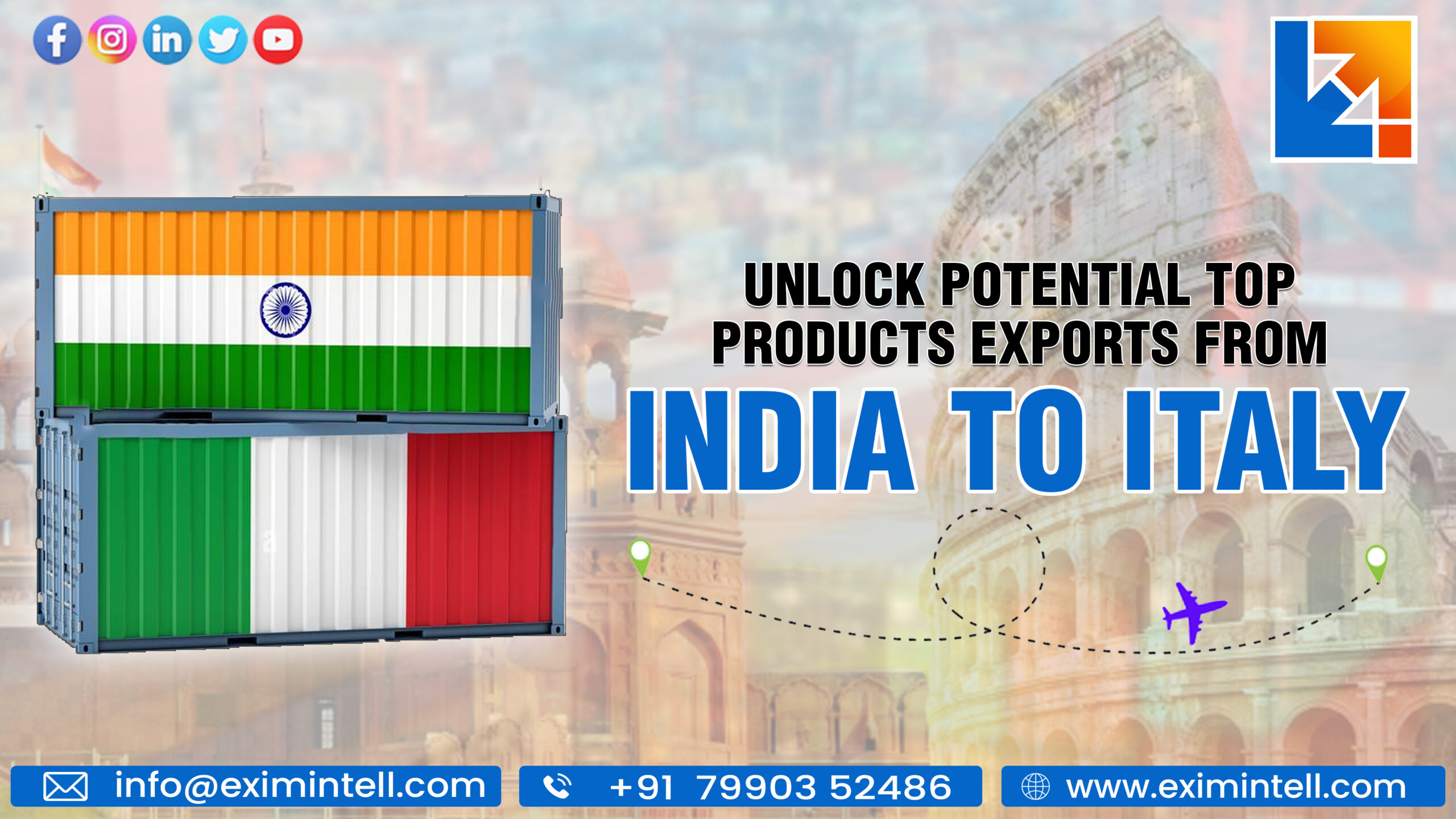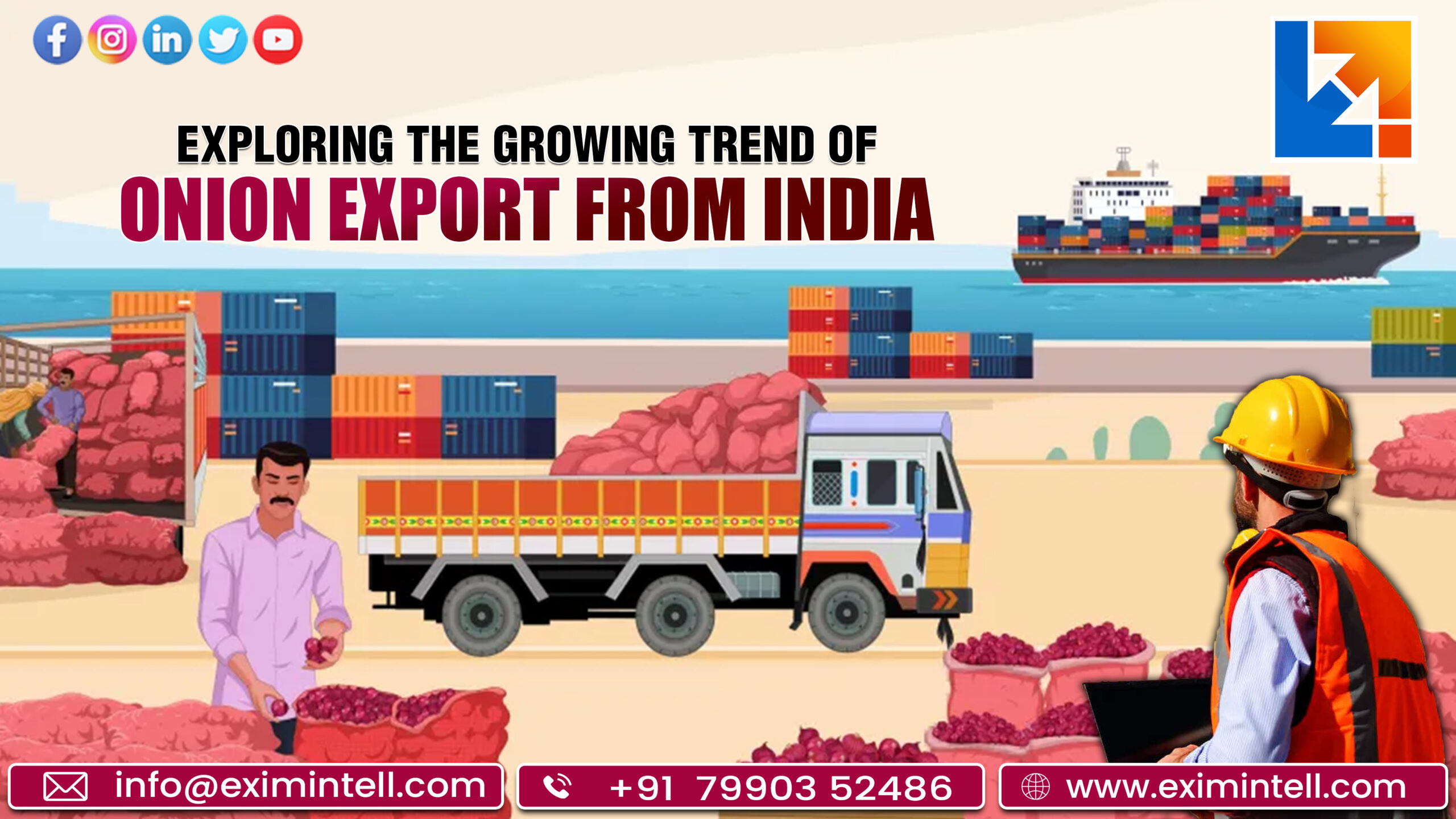Are you ready to take your career to new heights in 2023? If the answer is a resounding yes, then we have just the solution for you – Export Import Training! With globalization on the rise and businesses expanding their reach overseas, there has never been a better time to master the art of international trade.
In this blog post, we will explore how enrolling in Export Import Training can be a game-changer for your professional journey. From acquiring invaluable skills to unlocking exciting job opportunities, get ready to embark on a transformative learning experience that will skyrocket your career in no time. Buckle up, because your path to success starts right here!
Introduction About Export Import Training
A career in export-import can be very rewarding. The work is challenging and exciting, and the potential earnings are great. But, like any other career, it takes training and education to get started.
Export Import Training programs are offered by many different organizations, including community colleges, private schools, and online courses. There is a lot of information to learn, and the process can be overwhelming. But with the right training, you can launch a successful career in export-import.
Here are some of the benefits of export-import training:
1. You’ll learn about the international market.
2. You’ll learn how to navigate the paperwork and regulations involved in exporting and importing goods.
3. You’ll develop a network of contacts in the industry.
4. You’ll gain practical experience in logistics and transportation.
5. You’ll have an opportunity to earn certification from recognized organizations such as the National Customs Brokers & Forwarders Association of America (NCBFAA) or the International Association of Harmonization (IAH). Export-import specialist designation (EIS) from NCBFAA or Certified International Trade Professional (CITP) from IAH can enhance your career opportunities and earning potential. Certification shows that you have the knowledge and skills required to be successful in this field.
It’s predicted that the export-import sector will be even more important in the next few years, with powerful regulatory changes likely to further open opportunities for those who are trained and certified in it. Investing in Export Import Training now can help you start setting yourself up for a lucrative career in this field by 2023. Furthermore, through this training, you can gain the knowledge required to navigate international markets, develop international business negotiation skills, and much more. So if you want to get ahead of the curve and boost your career prospects dramatically – now is the time to get started!
What is Export Import Training?
There are many different types of Export Import Training available, but generally, the goal is to learn about the process and regulations involved in exporting and importing goods. This can include classes on international trade law, customs procedures, and logistics.
Many people pursue Export Import Training to start or further their careers in the field. With the right training, you can learn how to help businesses comply with government regulations, avoid costly mistakes, and take advantage of opportunities in the global marketplace.
Whether you’re interested in starting your own export/import business or working for a company that is already involved in international trade, Export Import Training can give you the skills and knowledge you need to be successful.
Benefits of Taking Export Import Training in 2023
Individuals who are looking to start a career in the export-import business can benefit greatly from taking Export Import Training courses. By 2023, the global economy is expected to continue to grow, and with it, the demand for goods and services exported and imported around the world.

Taking an Export Import Training course will provide individuals with the knowledge and skills they need to successfully start a career in this field. The course will cover topics such as international trade law, customs procedures, shipping and logistics, and marketing. In addition, individuals who take this type of training will be able to network with other professionals in the field and learn from their experiences.
The benefits of taking Export Import Training go beyond just gaining the skills and knowledge needed for a successful career. Individuals who complete this type of training will also be able to earn a higher salary than those without the necessary training. In addition, by completing Export Import Training courses, individuals will be better prepared to handle the challenges that come with working in this ever-changing industry.
How to Get Started With Export-Import Training
If you’re looking for a way to boost your career, Export Import Training may be the answer. This type of training can help you learn the ins and outs of international trade, giving you the skills and knowledge you need to succeed in this growing field.
Not sure where to start? Here’s a quick guide on how to get started with Export Import Training:
1. Do some research. First things first: before you enroll in any Export Import Training program, it’s important to do your homework and figure out what exactly you need to learn. Consider what types of exporting and importing your company does (or plans to do), and look for training programs that focus on those specific areas.
2. Find a reputable program. Once you know what kind of Export Import Training you need, it’s time to start looking for a reputable program that can provide it. There are many different options out there, so take your time and find one that meets your specific needs. Be sure to read reviews from other students or professionals who have gone through the program before making your final decision.
3. Enroll and get started! Once you’ve found the perfect Export Import Training program, it’s time to enroll and get started learning! Most programs offer both online and in-person options, so you can choose the learning format that works best for you. With dedication and hard work, you’ll be well on your way to a successful career in international trade in no time!
Key Skills You’ll Learn During Export Import Training
Export Import Training can provide you with a range of key skills that can help to boost your career. These skills include:
-Learning how to identify and assess international market opportunities
-Gaining an understanding of the exporting and importing process, including documentation and shipping procedures
-Developing an understanding of the various financing options available for exports and imports
– building an awareness of the political and cultural considerations involved in international trade
– acquiring knowledge of the top markets for exports and imports
All of these skills are valuable in helping you to progress your career in export-import. By completing training, you will be able to show potential employers that you can successfully identify and assess international market opportunities, as well as navigate the exporting and importing process. This can make you a highly desirable candidate for export-import roles.
Tips for Success in Export Import Training
Completing Export Import Training can provide individuals with a wealth of knowledge and skills that can help them excel in their careers. The following are some tips for those who are interested in completing Export Import Training:
1. Do your research: There are a variety of Export Import Training programs available, so it is important to do your research to find one that best meets your needs. Consider factors such as the length of the program, the cost, and the curriculum to find a program that is right for you.
2. Get experience: Many Export Import Training programs offer internships or other opportunities to gain hands-on experience. This can be an invaluable way to learn about the industry and build your skillset.
3. Stay up-to-date: The world of international trade is constantly changing, so it is important to stay current on trends and developments. Reading trade publications and attending conferences or seminars can help you stay abreast of the latest changes in the field.
By following these tips, you can set yourself up for success in Export Import Training and your career in international trade.
Career Paths After Completing the Course
There are several different career paths that you can take after completing Export Import Training. One option is to become an exporting agent. As an exporting agent, you would be responsible for finding international buyers for products and coordinating the shipment of those products.
Another option is to become an importing agent. As an importing agent, you would be responsible for finding foreign suppliers for products and coordinating the importation of those products. You could also become a freight forwarder, which is someone who helps coordinate the transportation of goods between different countries. Or, you could become a customs broker, which is someone who helps companies comply with customs regulations when shipping goods internationally.
Conclusion
In the dynamic realm of international trade in 2023, seizing the advantages of Export-Import Training is not just a choice; it’s a career-defining decision. EximIntell stands as a trusted partner, guiding individuals towards a future brimming with possibilities. As the global marketplace continues to evolve, those who have undergone EximIntell’s training will be the vanguards of progress, propelling their careers to unprecedented heights and leaving an indelible mark on the world of international trade. Embark on this transformative journey with EximIntell, and watch your career soar to new horizons.




















